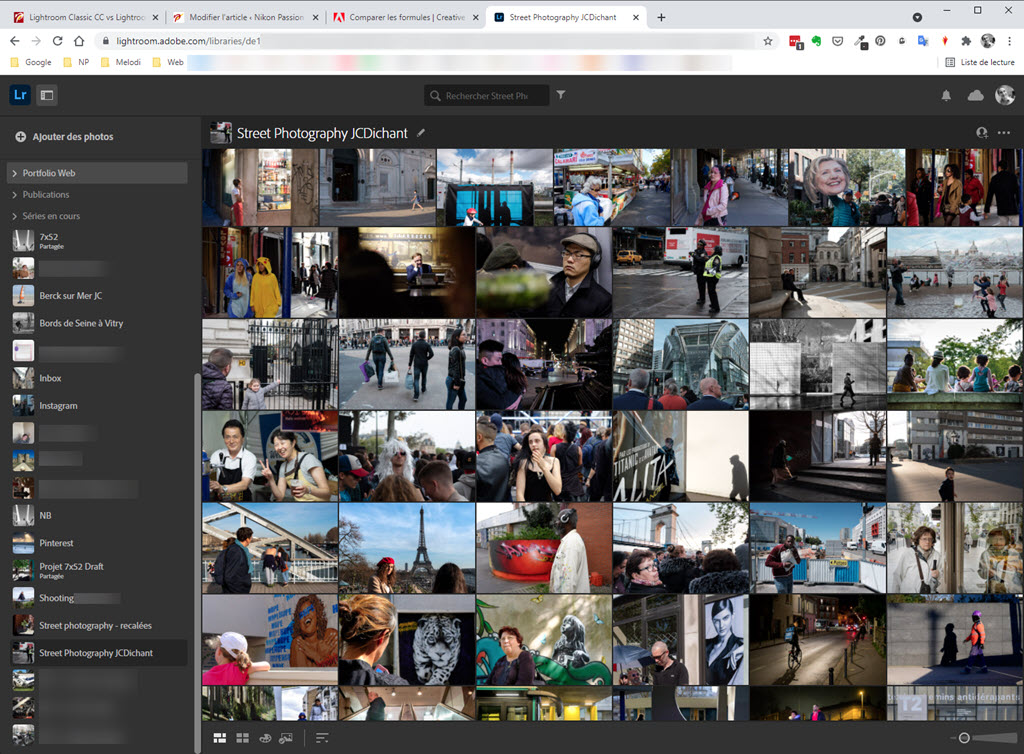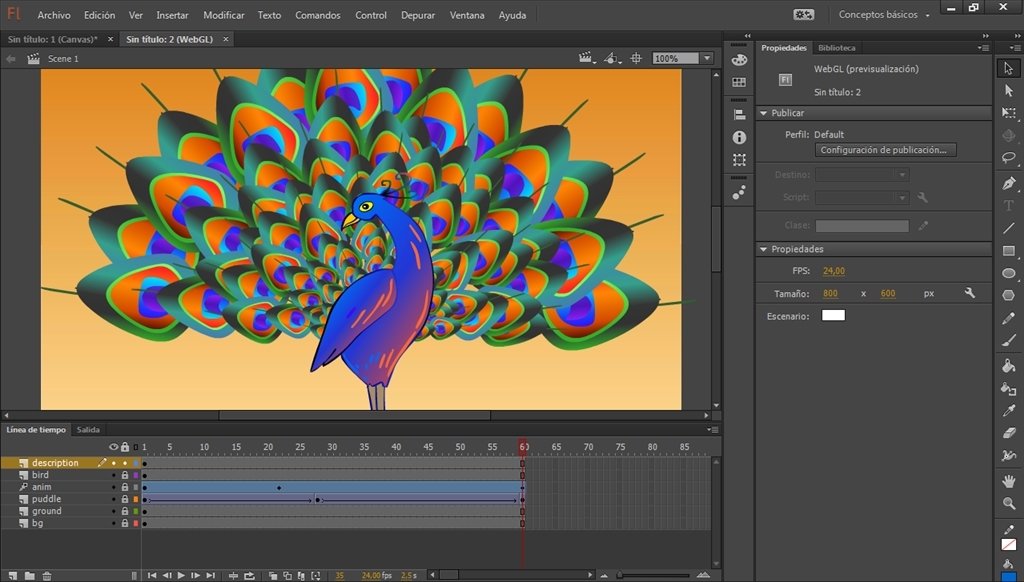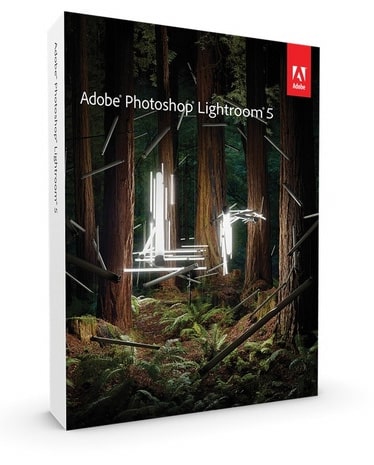

Simple keystrokes also allow you to quickly change what’s shown on the interface so you can simplify it down to just the photo or only keep the panels open that you really need. Simple keystrokes allow you to go from viewing lots of photos to a single image to an enlarged photo.

Lightroom has larger Compare and Survey views of images when you need to compare them for editing, compared to Bridge.Ĥ Quickly customizable interface. Once you start doing this with Collections, you’ll find a lot of uses for them.ģ Large views. The photos aren’t actually moved, so the Collections are “virtual,” meaning they need little storage space. You could put these into a Collection so you could go to them instantly at another time. Say you’re gathering a group of photos to use in a slideshow. Lightroom has Collections and Smart Collections, which are very helpful. This means you can make an adjustment, change it again and again, but no quality is lost as it would be in Photoshop.Ģ Better controls over organizing your photos. Nothing is actually changed in an image until the photo is exported. Here are 10 advantages to Lightroom, and it’s important to understand that they apply to both JPEG and RAW workflows.ġ Nondestructive editing.

This would give most photographers more usable power and an easier, faster workflow for their images.

If I had to choose between upgrading to a new version of Photoshop or using Lightroom with Photoshop Elements 6 or 7 (7 for PCs, 6 for Macs), I’d go to Lightroom and Elements. And I definitely believe Photoshop in some form (even if it’s Photoshop Elements) is still needed.įor photographers, there are some big advantages to doing most of their work in Lightroom. And that’s true whether you use JPEG or RAW. Adobe Photoshop has long stood at the top of this field, and for good reason, as it’s a powerful program.īut is it still the best program for all photographers? A question I’m asked more often now is, “Lightroom looks interesting, but why should I bother with it if I already have Photoshop?” There’s no question that you could use Photoshop and its associated Bridge program to successfully work on your images. Today, we have a wealth of excellent programs available to help in this interpretation, whether that means making a more accurate photo of a natural scene or creating something more unusual that fits the fine-art category. A camera doesn’t “capture” reality, it interprets it based on sensor range and limits, camera designer decisions, and processing done by the camera before the image becomes a RAW or JPEG file. If you’re going to get the most from your digital images, you have to use some sort of image-processing program. It’s a matter of choosing the right tool for the job. Lightroom (above, left) and Photoshop (above, right) each has its strengths for nature photographers.


 0 kommentar(er)
0 kommentar(er)
